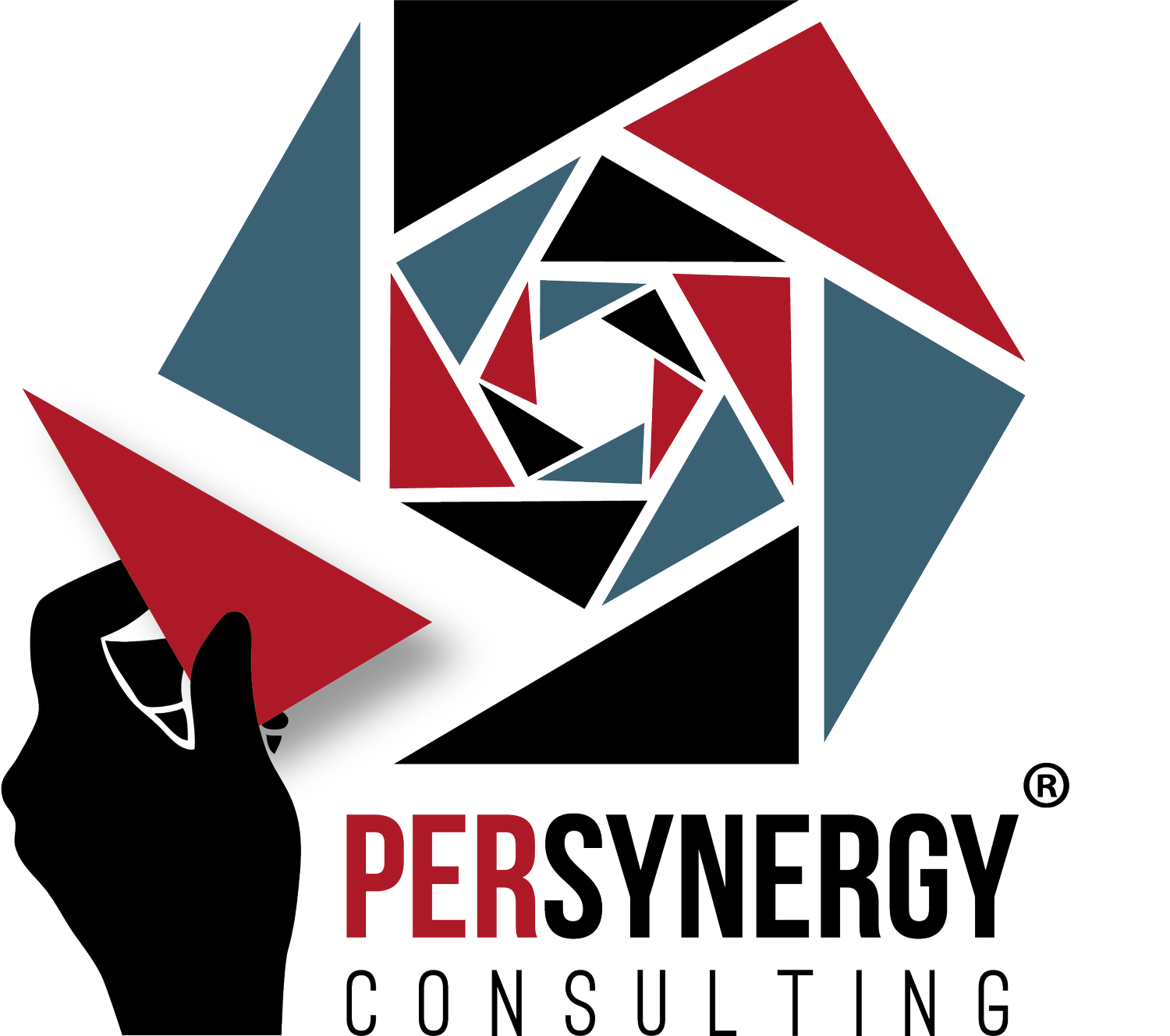August is here, the last month of summer. In the next few weeks, kids will be back in school, we’ll all be cleaning that last bit of sand out of our cars or suitcases, and we’ll be settling back into our more regular routines. For many, while the beginning of summer brings longer days, vacations, barbecues, and a more laid back vibe, the end of summer is a time of renewed focus, shifting from much-deserved leisure activities back to business and academic productivity. We transition from a slower pace to being more in charge of our schedules and performance again. As summer wraps up and a sense of productivity sets in, how are you going to approach your rejuvenated focus on your leadership presence?
Leadership presents itself across a number of areas in life. Individuals are leaders at work, perhaps as managers or executives. Mothers, fathers, and others are leaders within in their families. We can all be leaders of our own lives by taking accountability for our lives’ paths and how we engage in, and experience, the world.
Leadership can be broken down in a number of ways. For the purposes of this blog post, let’s discuss leadership in two parts; one being each person’s own way of showing up for herself and authentically presenting herself to the world, the other being the strategic steps each person takes to lead. In essence, the concepts are “being” a leader and behaving as one.
1. “Being” a leader. Authentic presentation of one’s clearest, most interpersonally connected, and inspired self is leadership. When a person is in this space, fully connected with herself, and proceeding without judgment of herself or others, she leads through inspiration and influence. Others see and sense her clarity, confidence, and grace, and they want some of it. In short, she is leading by example, just by being her true self.
2. Behaving as a leader. The second part of leadership involves knowledge, skill, and strategy. Many leaders are subject matter experts who grew into their leadership positions by excelling at what they do as a job function. Most of them haven’t been trained or educated specifically as leaders. For example, if asked what their leadership structure and processes are, they likely aren’t sure how to answer. Most don’t realize an important first step of behaving as a leader is to have a structure filled with standard operating procedures directly created for the purpose of leading.
High levels of emotional intelligence (EQ) and a competent understanding of group development and dynamics are also crucial skills to acquire and improve upon. Simply put, EQ is the combination of (a) one’s level of self-awareness and ability to effectively present oneself, (2) her understanding of individuals, groups, and how they function together, and (3) where and how she fits into the picture and can most effectively function there.
Although a number of individuals inherently present with high EQ, emotional intelligence can be learned. It is important for leaders to recognize that while they are bringing to each circumstance their own perspectives, emotions, experiences, and styles of presenting and receiving communication, everyone else they are interacting with is bringing theirs.
Synthesizing the discussion provided above, effective leadership is best achieved by obtaining and employing the appropriate skills, knowledge, and strategy as informed by education, practice, and one’s clear understanding of her true self.
So how are you going to approach leadership going into this next season?

